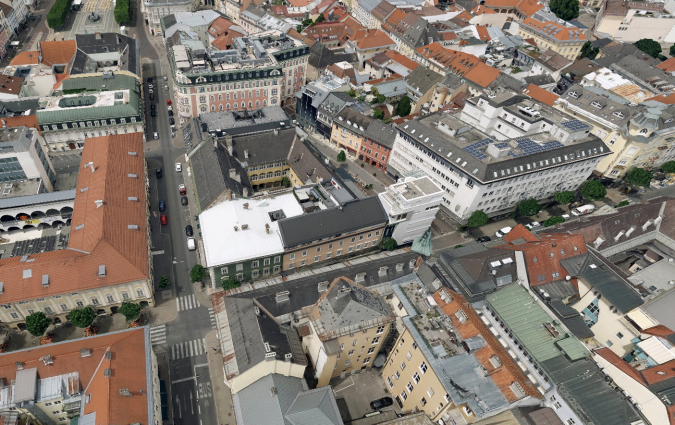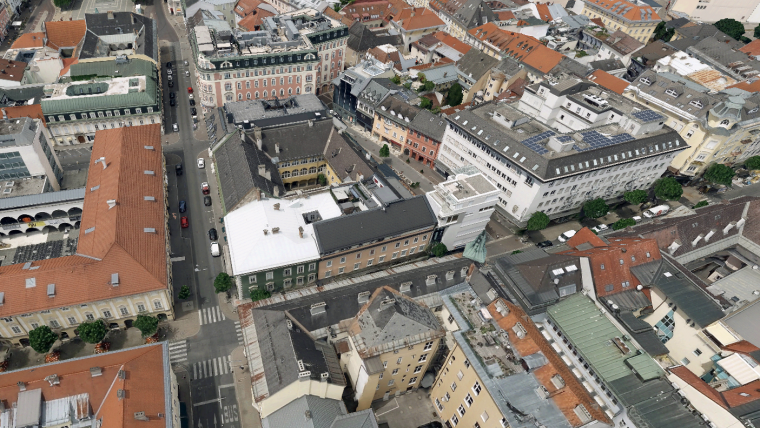Klagenfurt introduces photorealistic 3D model of city for public use
The pioneering Austrian city of Klagenfurt recently created a digital twin. Using precise aerial photos from an aircraft combined with artificial intelligence, numerous functions can be calculated that could revolutionize urban planning. Klagenfurt is the capital city of the Austrian province of Carinthia.
The digital twin of the state capital is a photorealistic 3D model created from 19,000 individual images taken during a four-and-a-half-hour flight over the city at an altitude of 1,200m. This level of detail is unique in Austria and represents a digital milestone for Klagenfurt, according to urban planning experts. "On the basis of this digital twin, we want to plan and implement a sustainable, livable and even more lovable city. The twin helps us with that,” commented City Councillor for Urban Development Corinna Smrecnik.
Soil consumption and solar potential
With the help of artificial intelligence, the exact soil consumption can be calculated from the photo model. For the entire city area, it is 16%, but individual properties like supermarkets have a higher degree of sealing and less green space. "We want to show how valuable the individual plots of land are for the urban climate," said Günter Koren from the Surveying and Geoinformation department of Klagenfurt.
The digital twin can also calculate the solar potential of each house, taking into account shadows cast by nearby trees. "For each point, the energy input was calculated over the year, and then a mathematical optimization calculation was performed to determine how many solar panels can be placed on this free space on the roofs," stated Koren.
The departments in the magistrate have been working with the digital twin of the city for a year. Since Friday, every private person and company can use the offer for free on the city's website. The project costs around €65,000, and a follow-up flight every two years costs approximately €50,000. Data protection is not a problem because all moving objects are automatically retouched. Driving cars or moving people do not exist in the digital twin.
The source of this article is a report published on the news site ORF.at.


Value staying current with geomatics?
Stay on the map with our expertly curated newsletters.
We provide educational insights, industry updates, and inspiring stories to help you learn, grow, and reach your full potential in your field. Don't miss out - subscribe today and ensure you're always informed, educated, and inspired.
Choose your newsletter(s)












